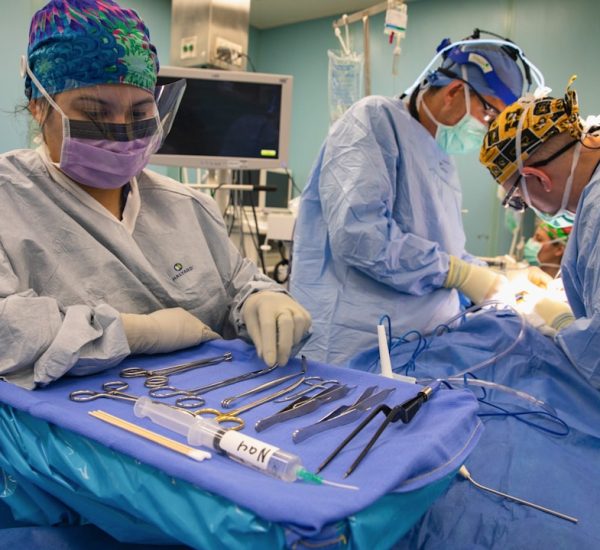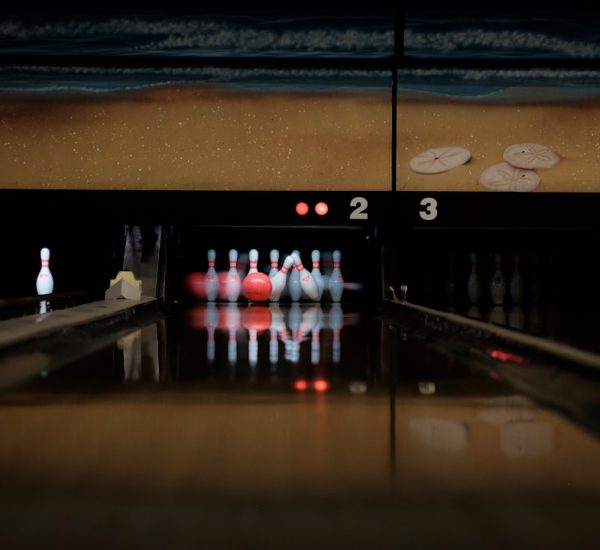Baseball pitchers in America require specialized training to maintain peak performance, prevent injuries, and extend their careers. While a gym offers a variety of equipment, consistent and effective workouts can also be accomplished at home. With discipline and the right plan, pitchers can develop strength, flexibility, and explosive power from the comfort of their own space. Here are the best home workout routines tailored specifically for baseball pitchers, designed to support arm health, torso control, and overall athleticism.
Why Home Workouts Are Essential for Pitchers
Many pitchers face off-season gaps where gym access can be limited. Home workouts bridge this gap, ensuring continuous training without over-reliance on heavy equipment. Additionally, they offer controlled environments ideal for focusing on injury prevention and functional strength building. These routines put an emphasis on joint stability, rotational power, and movement efficiency—all crucial elements in a pitcher’s toolkit.
1. Dynamic Warm-Up Routine
Every workout must begin with a comprehensive warm-up to elevate heart rate and prepare joints and muscles for movement.
- Arm Circles: 20 seconds forward and 20 seconds backward to increase shoulder mobility.
- Leg Swings: Front-to-back and side-to-side, 15 each leg, to activate hip flexors and hamstrings.
- High Knees: 30 seconds to stimulate blood flow and neurological readiness.
- Lunges with a Twist: 10 reps to loosen the core and hip joints.
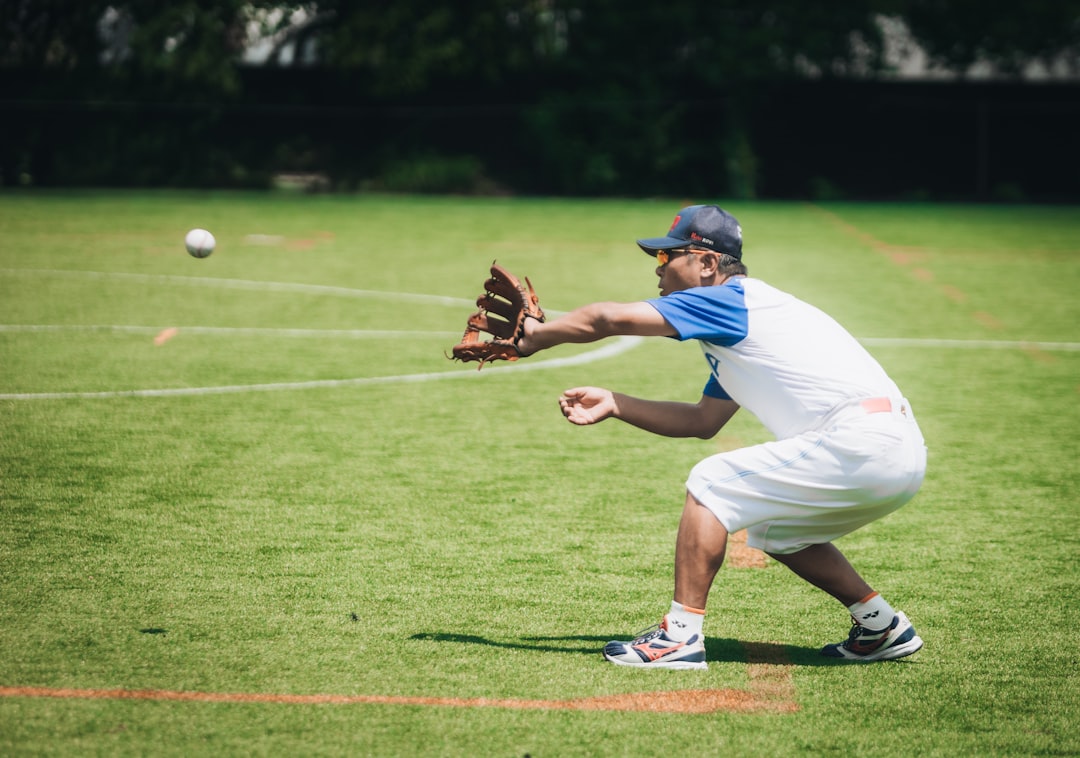
2. Upper Body Stability and Strength
A pitcher’s shoulder and scapular control are critical. Too much weight may lead to strain, so bodyweight and resistance band movements are ideal.
- Push-Ups: 3 sets of 12-15 reps help build chest and tricep strength with minimal shoulder strain.
- Banded Rows: Focus on scapular retraction, perform 3 sets of 15 reps using resistance bands.
- External Rotations with Bands: 3 sets of 20 reps to bolster rotator cuff health.
- Plank Shoulder Taps: Great for core and shoulder control; complete 3 sets of 30 seconds.
Note: Pay close attention to posture and movement mechanics. Poor form, especially in the shoulder complex, can lead to imbalances and injuries.
3. Lower Body Power Building
The lower half drives a pitch, so strength and explosiveness are key. These exercises require no machines but deliver substantial results.
- Split Squats: 3 sets of 12 reps per leg train balance and leg strength.
- Glute Bridges: 3 sets of 15 to develop posterior chain strength.
- Jump Squats: Enhance fast-twitch muscle action; perform 3 sets of 10 reps with control.
- Calf Raises: Often overlooked, these add durability to ankles and overall stability.
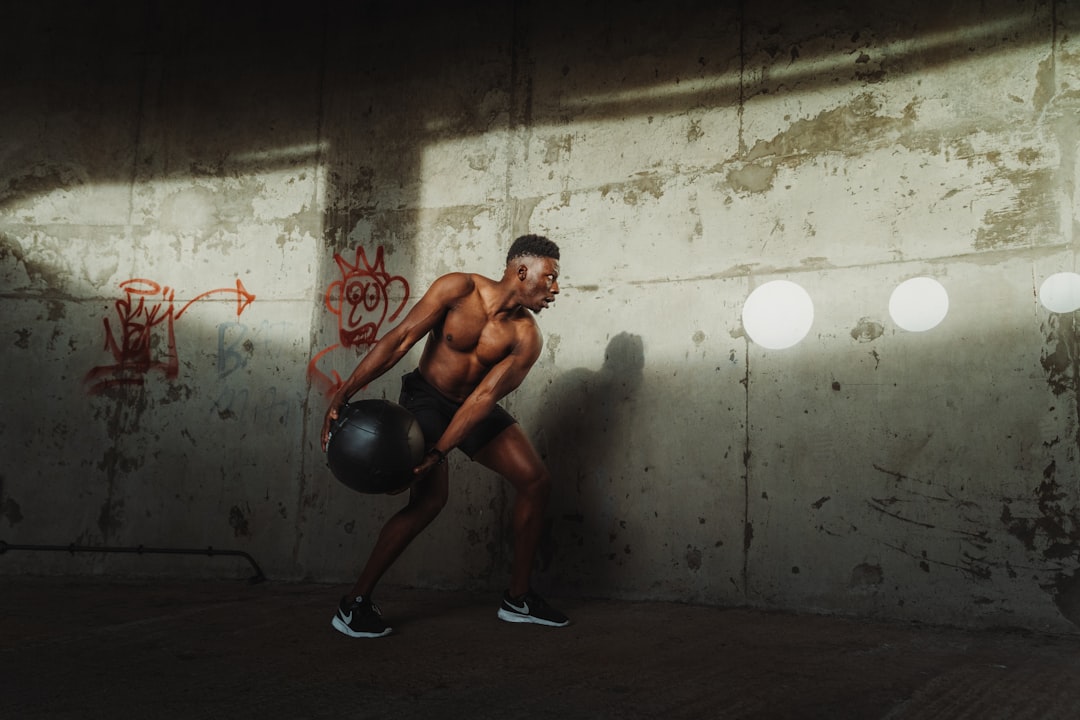
4. Torso and Rotational Core Work
Rotational strength and control are vital in transferring force from the legs to the arm. These exercises are tailored for core engagement with rotational focus:
- Russian Twists: 3 sets of 20 reps (10 each side) with a med ball or household item.
- Pallof Press (with Resistance Band): Anti-rotation press, 3 sets of 10 seconds hold each side.
- Bird-Dogs: Controlled movement to enhance core control and spinal stability.
- Dead Bug Variations: Promotes cross-body control and strengthens deep core muscles.
Be deliberate with each rep. The goal isn’t speed but controlled, powerful movement that mimics in-game mechanics.
5. Recovery and Mobility
No workout is complete without proper recovery. Flexibility and joint care can be easily overlooked yet are integral to a pitcher’s longevity.
- Foam Rolling: Focus on quads, back, and lats for 1–2 minutes each.
- Banded Shoulder Stretch: Opens up the anterior capsule and reduces impingement risk.
- Hip Mobility Flow: Includes 90/90 stretches and pigeon pose to offset tightening from lower body work.
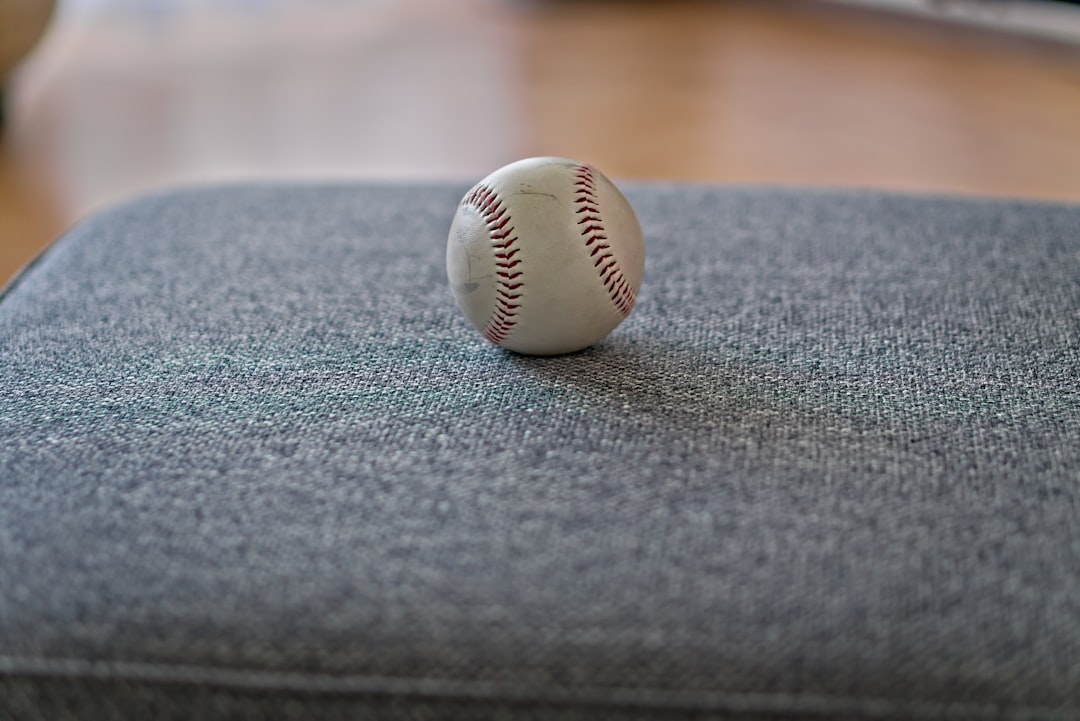
Final Thoughts
Consistency is king. Even the best-designed training regimen won’t yield results if it’s done sporadically. By incorporating these targeted home workouts 3–5 times per week, pitchers can significantly enhance their performance and durability. Prioritize form, gradually increase intensity, and remember that rest and mobility are just as important as strength and power training. With the right mindset and routine, aspiring and current pitchers across America can thrive—even without stepping foot in a gym.

